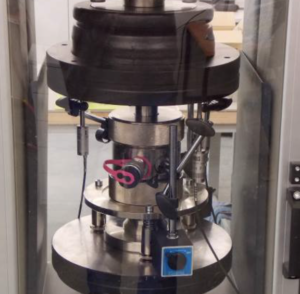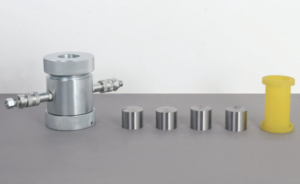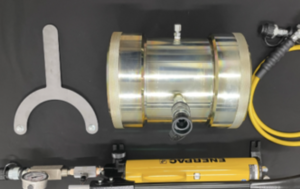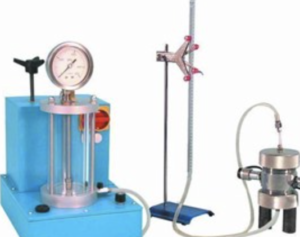How Are Building Material Tests Utilized in Underground Construction?
Underground construction—whether for tunnels, subways, basements, or utility networks—demands exceptional material performance under challenging conditions1. With constant exposure to moisture, pressure, abrasion, and limited ventilation, it’s critical that building materials are thoroughly tested2 for structural integrity and long-term safety. Here’s how building material testing supports the design, construction, and operation of underground facilities.
Compressive Strength Testing of Tunnel-Lining Materials
Tunnel linings must resist earth pressure, traffic loads, and groundwater forces3. To ensure this, materials like concrete, shotcrete, and precast segments undergo compressive strength testing4, which helps validate design assumptions and ensure compliance with structural codes.
Key Tests:
- Compressive Strength of Concrete (ASTM C39 / EN 12390-3): Evaluates how much load a tunnel lining can bear before failure.
- Early Strength Tests for Shotcrete (ASTM C1140): Critical for rapid excavation sequences and ground support.
- Flexural and Tensile Strength Tests (ASTM C78, C496): Assess additional resistance in curved or jointed sections.
| Material | Test | Purpose in Underground Use |
|---|---|---|
| Cast-in-place concrete | 28-day compressive test | Confirms long-term structural load capacity |
| Shotcrete | Early-age strength curves | Ensures immediate rock-face stabilization |
| Segmental linings | Flexural strength evaluation | Avoids cracking from uneven ground loads |
Accurate strength testing ensures tunnel linings are resilient against both static and dynamic underground forces.
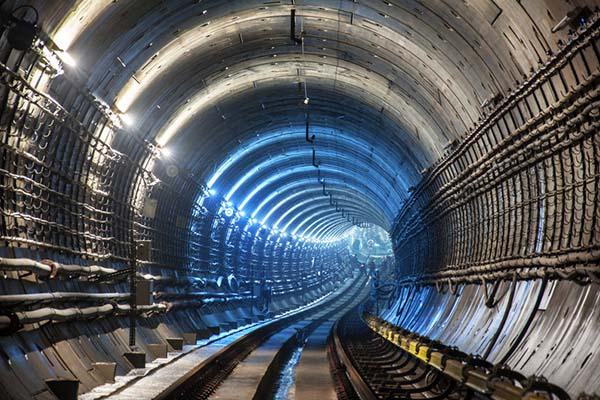
Permeability Testing for Waterproofing Underground Structures
Water infiltration is one of the most persistent challenges in underground construction. To combat this, waterproofing systems and construction materials5 must be tested for permeability and water resistance6.
Waterproofing & Permeability Tests:
- Water Permeability Test (DIN 1048 / EN 12390-8): Evaluates concrete’s resistance to water under pressure.
- Hydrostatic Head Test (ASTM D5385): Measures how much water pressure a membrane can resist.
- Crack-Bridging and Adhesion Tests: Confirm performance of flexible membranes and coatings on jointed surfaces.
- Capillary Absorption Test (EN 13057): Assesses how quickly materials absorb moisture through pores.
| Material/System | Test Method | Function in Underground Structures |
|---|---|---|
| Concrete tunnel walls | Permeability index test | Prevents water seepage through structure |
| Waterproofing membranes | Hydrostatic pressure test | Ensures resistance to groundwater infiltration |
| Sealants and grouts | Expansion and bonding test | Secures joints and prevents leak paths |
These tests help avoid water damage, corrosion, and mold, improving the longevity and reliability of underground spaces.

Abrasion-Resistance Testing of Subway Track Materials
Subway tunnels and transit systems face continuous wear from rail vibration, vehicle traffic, and cleaning operations7. Materials used in tracks, slabs, and walls must demonstrate excellent abrasion resistance8.
Common Abrasion Tests:
- Böhme Abrasion Test (EN 13892-3): Used for concrete flooring in high-traffic areas.
- Los Angeles Abrasion Test (ASTM C131): Evaluates coarse aggregate durability under repeated load.
- Taber Abrasion Test (ASTM D4060): Measures wear resistance of coatings and polymer surfaces.
- Rail Head Hardness and Wear Testing: Checks rail steel integrity under wheel loads.
| Component | Testing Focus | Underground Role |
|---|---|---|
| Concrete slabs | Surface abrasion resistance | Ensures track base longevity |
| Rail fasteners | Fatigue and wear testing | Prevents degradation and track misalignment |
| Tunnel coatings | Scuff and chemical resistance | Maintains clean, durable finishes |
These tests reduce maintenance frequency, operational downtime, and safety risks for underground transit systems.
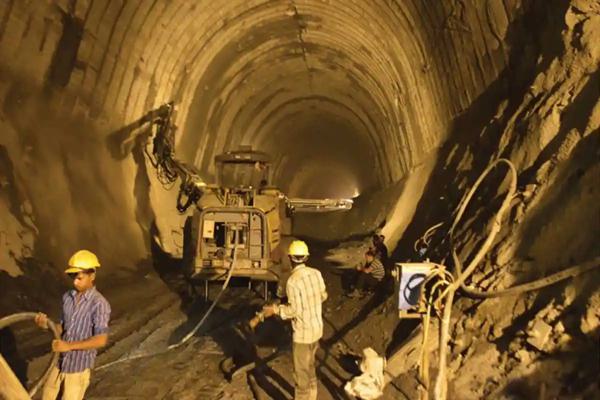
Safety-Oriented Material Testing in Underground Engineering
Safety is paramount in underground environments, where evacuation is limited and hazards are amplified. Material testing addresses fire resistance, toxic emissions, structural failure risk, and gas accumulation.
Safety Testing Approaches:
- Fire Resistance of Concrete (ASTM E119 / ISO 834): Verifies that structural materials maintain strength during a fire.
- Smoke Density and Toxicity (ASTM E662 / ISO 5659): Ensures tunnel linings, cable trays, and insulation do not emit harmful fumes.
- Explosion and Impact Testing: Validates resistance to accidental blasts in mining or transit tunnels.
- Gas Permeability and Seal Tests: Prevent methane or radon infiltration in sealed environments.
| Safety Element | Relevant Test | Why It’s Critical |
|---|---|---|
| Tunnel linings | Fire resistance test | Prevents collapse and allows evacuation time |
| Cable insulation | Smoke toxicity and flame spread | Protects occupants from asphyxiation |
| Ventilation barriers | Gas tightness tests | Ensures clean air in enclosed spaces |
These tests ensure materials not only perform—but protect, providing life-saving reliability in emergency scenarios.
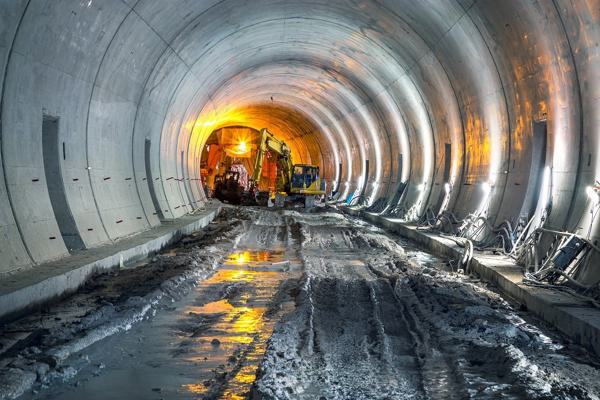
Conclusion
In underground construction, building material tests are the bedrock of reliability. Whether it’s withstanding massive pressure, resisting water ingress, handling wear from trains, or preventing toxic emissions, testing ensures that underground spaces are safe, functional, and built to last. Without material verification, the challenges below ground could easily rise to the surface.
-
Understanding best practices can enhance the durability and safety of underground structures, making this resource invaluable for construction professionals. ↩
-
Exploring this topic reveals the critical role of testing in ensuring safety and longevity in underground facilities. ↩
-
Understanding these forces is crucial for designing safe and effective tunnel linings. Explore this link for in-depth insights. ↩
-
Compressive strength testing is vital for ensuring the durability and safety of tunnel structures. Learn more about its significance here. ↩
-
Explore this link to discover effective waterproofing solutions that enhance durability and performance in underground projects. ↩
-
Learn about the testing methods for permeability and water resistance to ensure the reliability of construction materials. ↩
-
Understanding these effects can help improve maintenance strategies and enhance the longevity of transit systems. ↩
-
Exploring materials with excellent abrasion resistance can lead to better infrastructure choices and reduced maintenance costs. ↩

